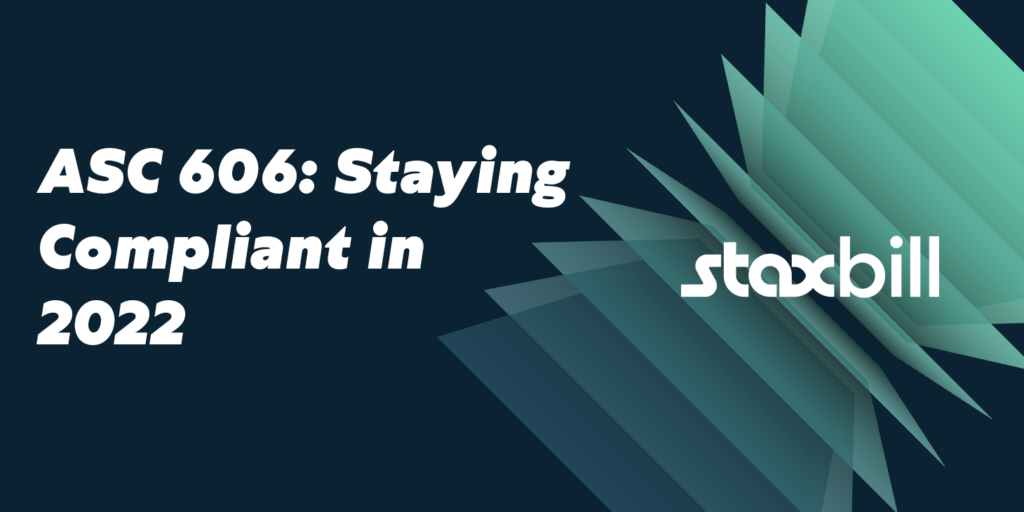You’re probably already familiar with ASC 606
ASC 606 came into effect in 2018 for public companies and in 2019 for private businesses. It was put in place to increase the consistency of financial reporting across industries—which is great, but in the subscription world, keeping up with it still causes headaches.
ASC 606 dictates that revenue must only be recognized after value has been delivered to the customer. And given the ongoing nature of subscriptions…well, you see where it can get complicated. Adopting ASC 606 means SaaS, IoT or any other subscription-based businesses need the ability to track earned and deferred revenue over the entire period of each customer’s subscription.
So, how should a subscription business recognize revenue? Glad you asked! There are four ASC 606-compliant methods for recognizing revenue.
1. Immediate revenue recognition
As the name implies, businesses following the immediate revenue recognition method recognize revenue immediately after receiving it. For businesses that deal in one-time charges, this is obviously the most common revenue recognition method. But how does it work in the world of subscriptions? You’ll probably at least partially recognize revenue immediately if you are an IoT business that sells physical products or charging customers for one-off services such as setup fees. In cases like these, you’d recognize the revenue from your one-time charges immediately. Any accompanying subscription fee would be recognized on a schedule.
2. Manual revenue recognition
We’re all about automation, but there are some situations where SaaS businesses may choose to manually recognize revenue. This includes: 1. If your business is charging its customers a deposit. 2. If your business is unsure of when its next performance obligation will be hit. Either way, if you set your revenue recognition schedule to ‘manual’, the money will sit in the deferred revenue bucket until someone manually acts upon it.
3. Fixed interval revenue recognition
A fixed interval or time-based approach is one of the most common methods of recognizing revenue for SaaS and other subscription businesses. With this approach, the same dollar amount or percentage of revenue is recognized every cycle. So, if you sign a customer on a $12,000/year contract, you can set your system to recognize $1,000/ month every month for the entirety of the year. You could also set up a daily, weekly, or quarterly revenue recognition schedule depending on your performance obligations and the nature of your business.
4. Milestone revenue recognition
The milestone method is the most complicated one, recognizing revenue on a very customized and irregular schedule. The intervals and the amount of revenue recognized in each instance don’t have to be standardized, like on a fixed-interval schedule. If you close a $10,000 deal, you may choose to recognize:
• $1,000 on receipt of payment
• $2,000 at the end of month one
• $5,000 at the end of month six
• $2,000 at the end of month twelv
A business may go this route if it knows it will hit its performance obligations at specific, yet irregular intervals throughout the contract.
Staying compliant in 2022 and beyond
Manually moving revenue from deferred to earned can be a nightmare if you have lots of contracts or recognize revenue at a granular frequency. Not only is it time consuming but doing anything manually creates the opportunity for human error. And if error means the SEC could come knocking at your door, you probably want to make sure that’s not happening. The solution, then? Automation. A fully ASC 606-compliant recurring billing system can make revenue recognition a ‘set it and forget it’ kinda task. Revenue is recognized automatically in your billing system according to a schedule you set. You can set up integrations that push this info to your ERP or accounting software to keep ledgers balanced across your fintech stack.

